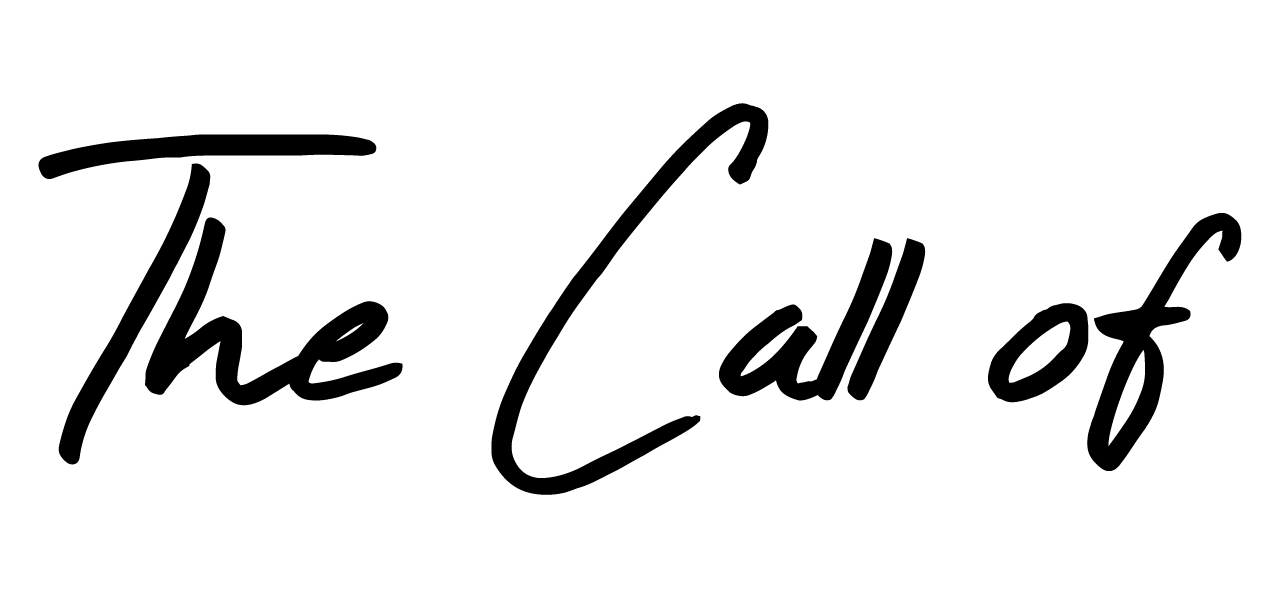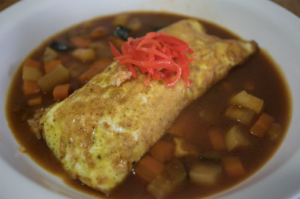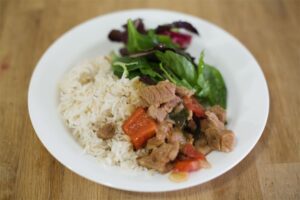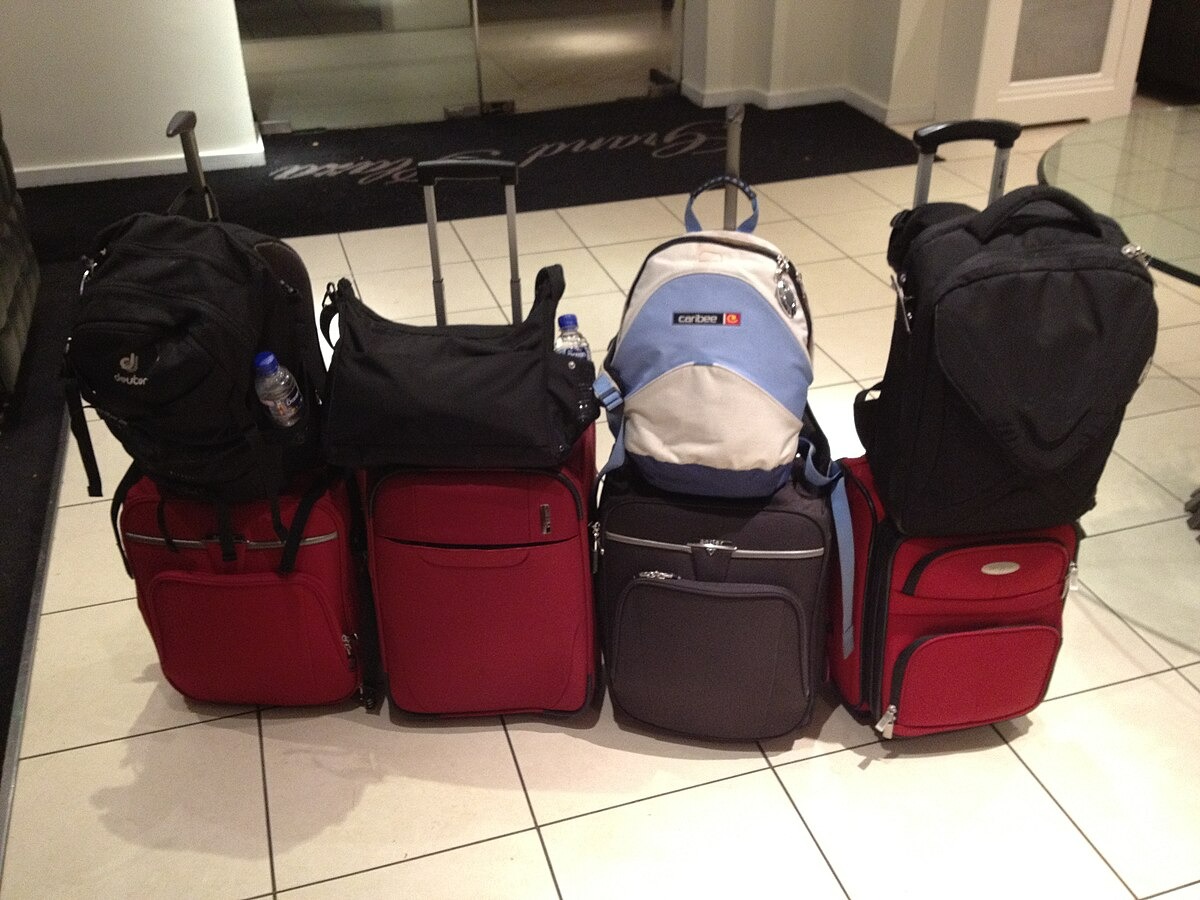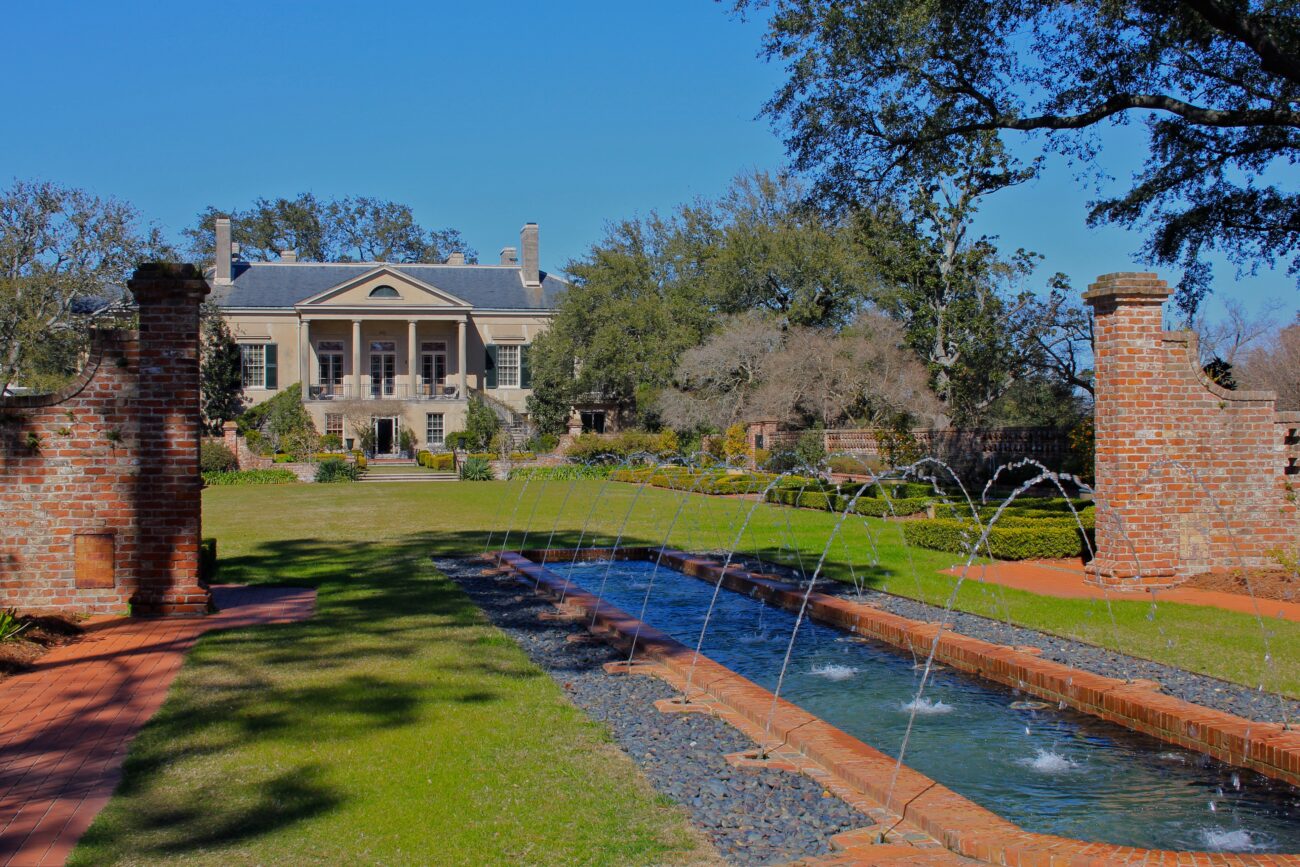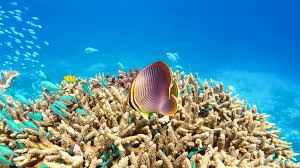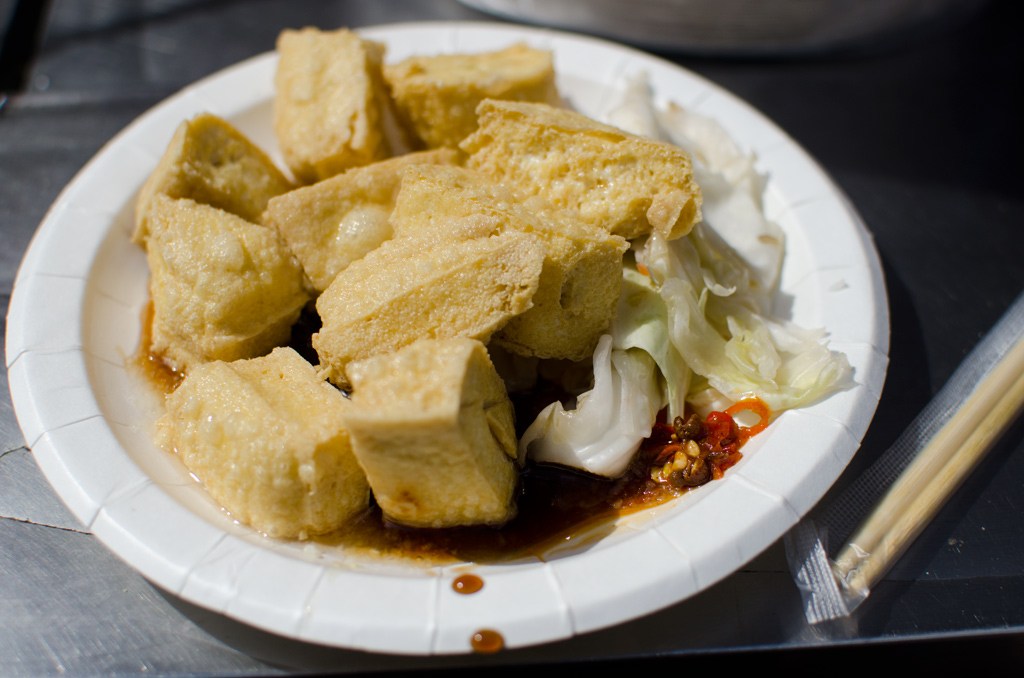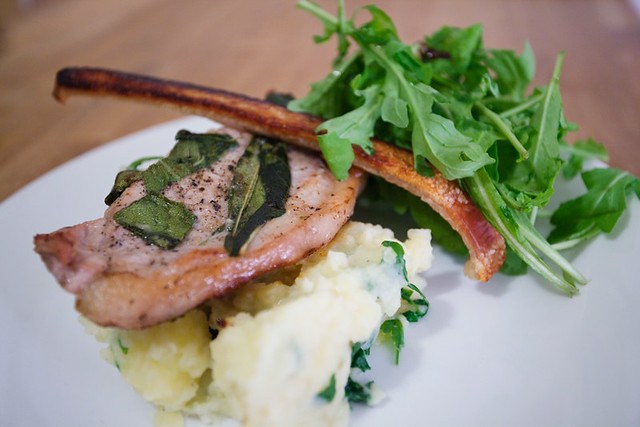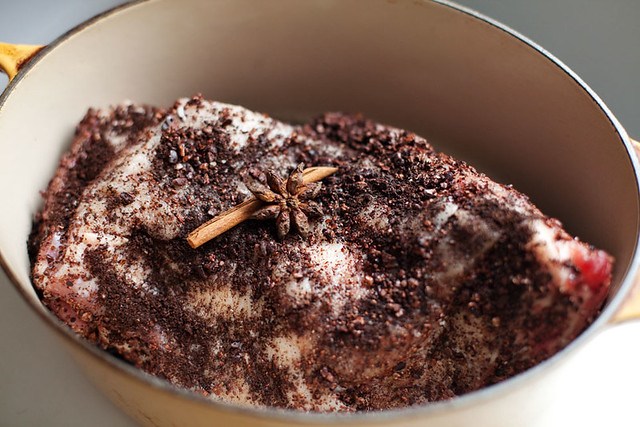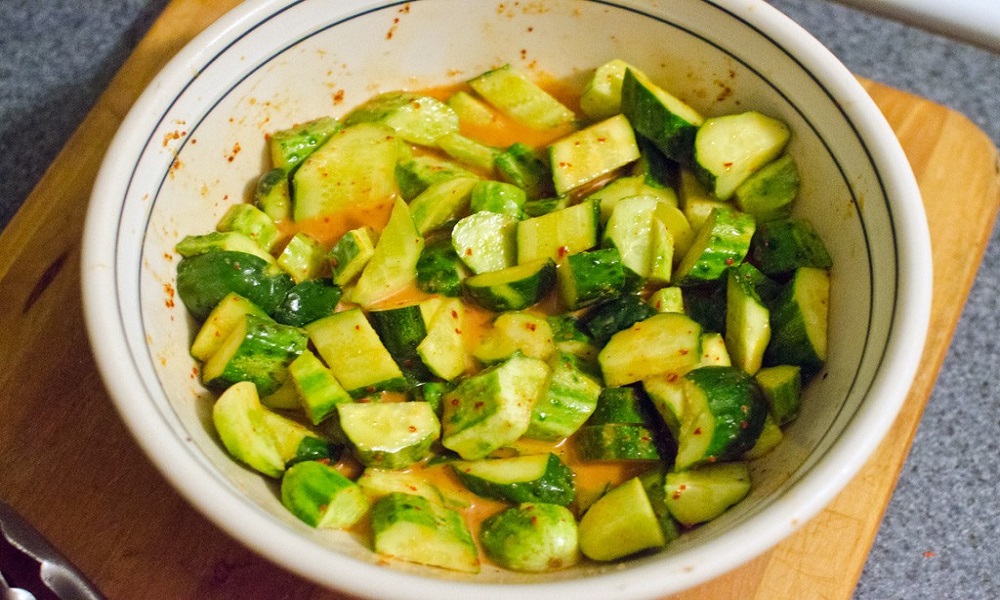In an era when once-secret destinations transform overnight into crowded hotspots through the viral power of Instagram posts, TikTok videos, and Facebook shares, Morgan Island stands as the ultimate forbidden fruit. While tourist attractions around the world close their doors and forbidden places capture traveler imagination more than ever, this South Carolina sanctuary belongs entirely to its 4,000 rhesus monkey residents.
Sometimes the most intriguing destinations are the ones you can’t actually visit. This 4,000-acre sanctuary emerged from necessity when 1,400 rhesus monkeys needed a new home after leaving Puerto Rico in 1979. The U.S. government had bigger plans than just monkey relocation—they were establishing a self-sufficient breeding program after India banned research animal exports.
What started as scientific necessity has become South Carolina’s most enigmatic wildlife spectacle. The colony has flourished to roughly 4,000 primates, with females outnumbering males three-to-one. These monkeys, who were split up during their relocation, quickly reunited with their original social groups once they reached Morgan Island.
Chasing Monkey Glimpses from Salt-Sprayed Waters
If you’re tired of exploring America’s hidden food gems and and Instagram-ruined hidden attraction, Morgan Island offers something genuinely rare: wildlife viewing with guaranteed boundaries. Guided boat tours depart from Edisto Beach and Lady’s Island, with prices ranging from $250 to $650 for two to four-hour adventures. These aren’t your typical wildlife tours—they’re expeditions to witness something that feels almost mythical.
Early mornings offer the best monkey-spotting opportunities. Hundreds of primates emerge to forage along beaches and swing through maritime forests. The experience carries an almost cinematic quality—watching wild monkeys against South Carolina’s coastal backdrop feels like stumbling into a nature documentary you never knew existed.
For self-guided adventures, Eddings Point Boat Landing on St. Helena Island provides public access to surrounding waters. The contrast feels beautifully absurd: respectfully observing creatures living in complete freedom while we navigate carefully regulated viewing distances.
Savoring Gullah Heritage While Monkeys Remain Untouchable
While Morgan Island’s monkeys feast on whatever nature provides, visitors can indulge in the surrounding region’s legendary culinary heritage. The Lowcountry’s Gullah-Geechee culture creates a food tradition as complex and layered as the salt marshes themselves.
Frogmore Stew, a mouthwatering, one-pot meal of shrimp, corn on the cob, new potatoes and smoked sausage, originated in the small fishing community of Frogmore on St. Helena Island. This iconic dish represents centuries of West African cooking techniques adapted to Lowcountry ingredients.
At Bill Green’s Gullah Grub Restaurant on St. Helena Island, Chef Bill Green and his family have been delighting diners with authentic Gullah cuisine for over 15 years, serving family recipes for seafood gumbo, shrimp and grits, and collard greens.
Historic accommodations enhance the cultural immersion. The waterfront Cuthbert House from 1790 and the stunning Beaufort Inn, built around 1897, serve as bridges between Morgan Island’s untouchable mystery and the deeply accessible flavors of Southern hospitality.

